Jewelry - Metal Finishes and Wire Varieties
Today's post is a discussion of some of the more common metal finishes seen in jewelry. I'm also going to delve into some of the different wire types that are often the most important "structural" components of jewelry design. Let's look at some terms used to describe metals or metal finishes first. I"ll try to include a photo of a jewelry piece with each term so you can easily see what I'm referring to!
METAL FINISHES
(These are only a few of the more common ones - it is by no means a full list!)
 |
| Love N Luck from mysticwynd |
Anodized Aluminum or Titanium - Anodizing is an electrochemical process in which an oxide layer is formed on the raw metal allowing the surface to accept dye. This process hardens the metal and protects it from corrosion. After the anodizing is complete, the metal can be dyed. It has the look of gold or silver, but will never tarnish and is extremely lightweight and comfortable to wear.
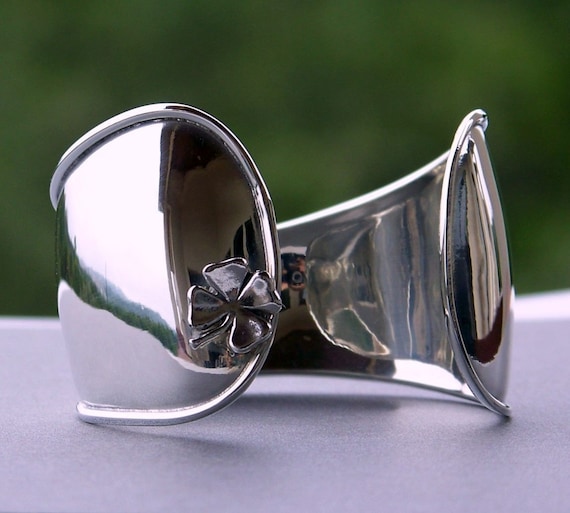 |
| Lucky Charm Cuff Bracelet from happymaxdesigns |
High Polished or Mirror Finished gives the metal that highly-reflective and shiny look of elegant fine jewelry through machine and/or hand polishing.
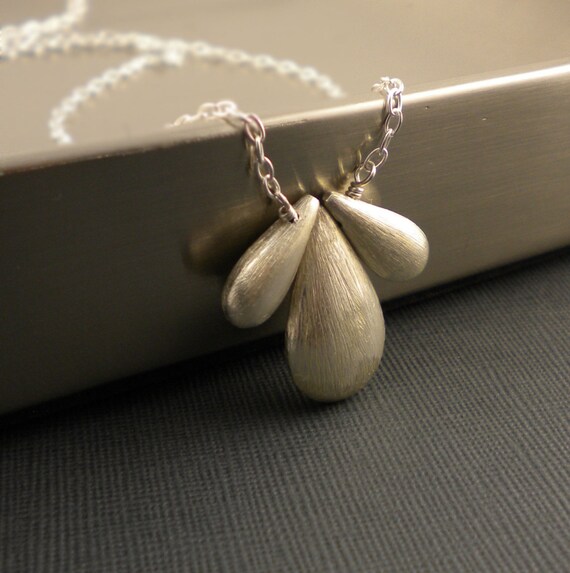 |
| Silver Lotus Petals necklace by Camla |
Brushed/Satin Finish - Texturing technique using a series of tiny parallel lines scratched into the surface of metals with a wire brush or polishing tool.
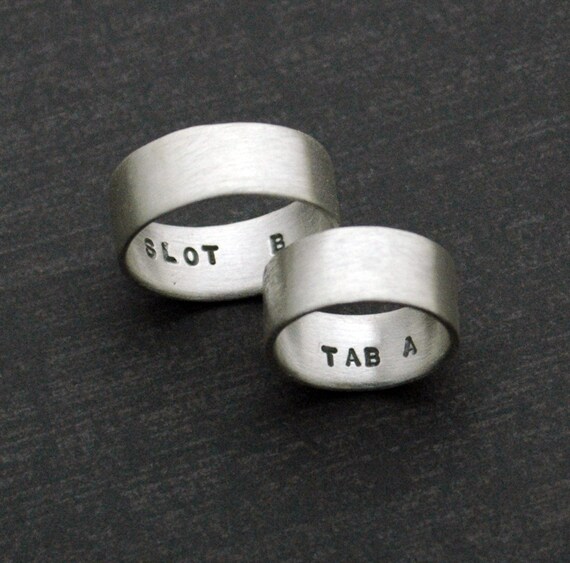 |
| Secret Ring from PlyEffect |
Matte Finish - A matte finish is an even texture resulting in a non reflecting surface on the metal. This can be accomplished by sandblasting or acid dipping.
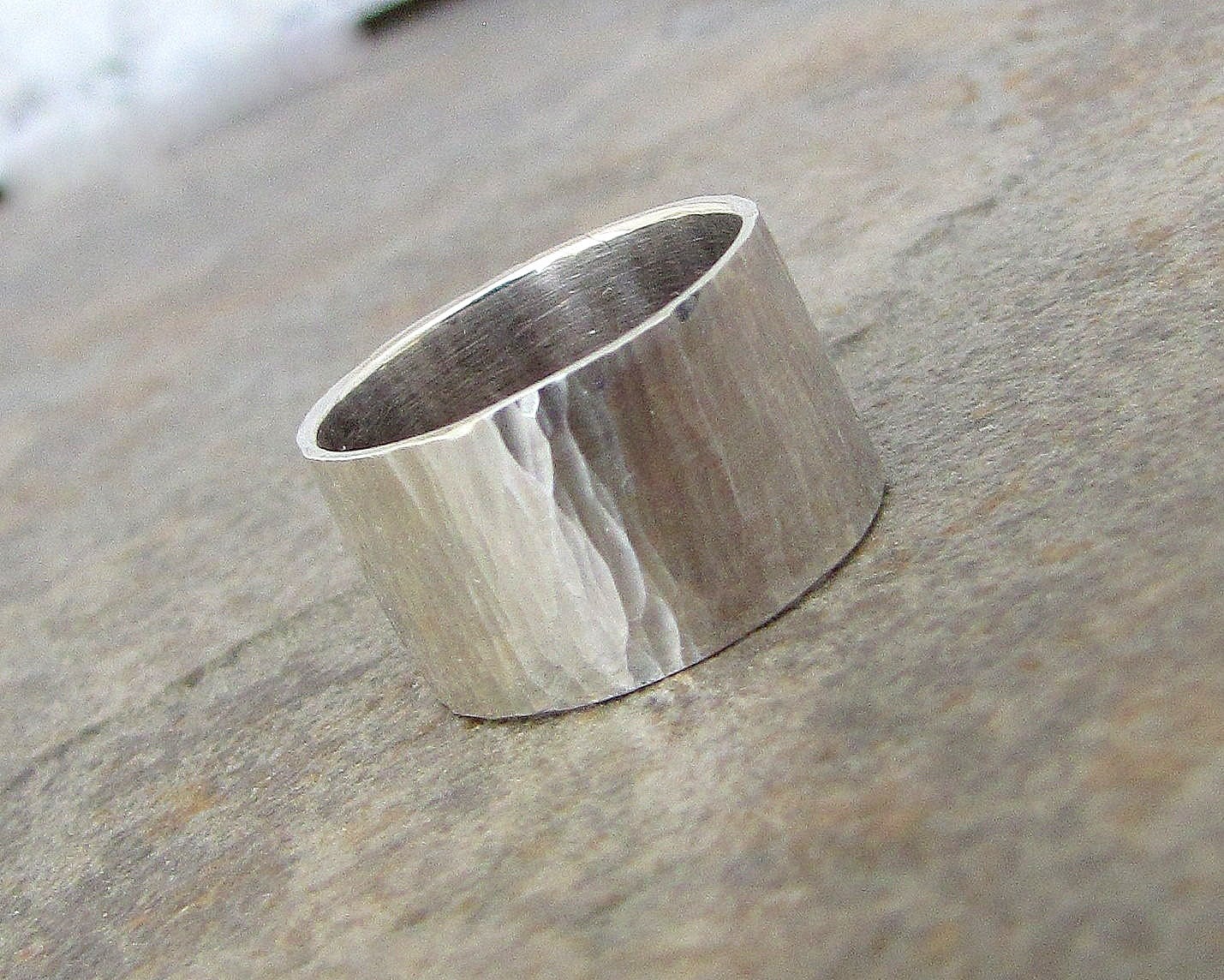 |
| Waterfall Sterling Silver Ring by SilverSmack |
Hammered finishes are typically created by using a soft, rounded hammer and hammering the jewellery to give it a wavy texture.
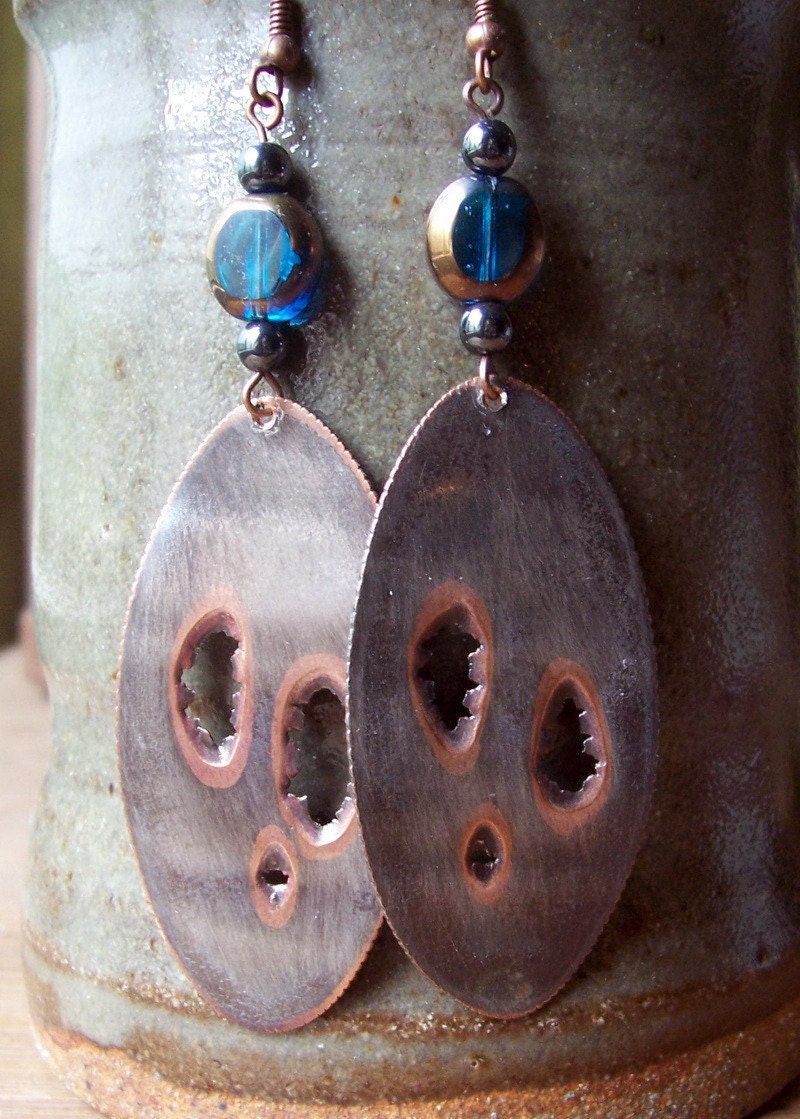 |
| Celtic Earrings by Gaelic Forge |
WIRE COMPONENTS USED IN JEWELRY
I'm going to give you some basics relating to the terms used to describe wire that is often used in the making of jewelry. Again, this is by no means a complete list, but should cover the more common terms you might run into.
In general, any type of plated wire (gold plated, sterling silver plated, nickel plated) is simply a thin layer of that particular metal alloy over a base metal usually of brass or copper. Gold filled wire is also a layer of gold alloy over usually brass, but the layering of gold is approximately 100 times thicker than with plated wire. Sterling silver wire generally is pure sterling silver with no inner layer. Copper, brass and bronze also normally are pure versions without an alternate metal core.
One of the most recent entrants into the array of wires used in jewelry design is Niobium wire. Niobium is a shiny-white, soft, metallic chemical element, which looks like steel in its unpolished state and like platinum in its polished form. It resists corrosion and is completely hypoallergenic, making it a popular option for people with allergies to other metals. It is stronger than most wires, making it a bit harder to work with than say, sterling silver half hard wire. Anodizing Niobium creates a wide variety of colors, but it is important to note that the colorization is a coating and scratches or nicks will mar the continuity of the color, although the color will not fade with normal care. It is also relatively expensive in comparison to sterling silver or other fine metal wires.
Memory Wire is a flexible treated steel wire that comes pre-shaped in circles. You can find it in sizes for rings, bracelets (large and small) and necklaces (large and small). It can be natural (looks like steel) or it comes in both gold and silver plated finishes. It is somewhat rigid and springs back to its original shape when expanded and then released.
Beading Wire comes in two forms - coated and plain. As the name implies, it is used for beading small holed beads such as seed beads, bugle beads, crystals, etc. The coated version usually It consists of a core of intertwined strands of steel coated in nylon. Plain beading wire is often a very fine gauge (I'll explain gauge in the next section) similar to sewing thread. Both types of wire are subject to kinking although some of the high strand count coated wires resist kinking much better and drape very nicely.
Wire Gauge
Wire gauge simply refers to the thickness of the wire. The higher the number of the gauge, the thinner the wire is. It is common to see wires from 9 gauge to 36 gauge used in a variety of methods in jewelry design, the thicker wires being used to frame, say, jewelry cuffs, and the thinner wires for intricate wrapping. For jewelry making purposes, 20 gauge wire is a very commonly used wire for shaping components that need to hold their shape under normal use, such as clasps or wire wrapped pendant bails.
Wire Hardness
All metals have a property called hardness. This refers to their resistance to bending. (Many people over 50 have the same type of resistance when it comes to bending over to exercise...hehehe).
Most jewelry wire is sold now as either dead soft, half-hard, or hard.
Dead soft wire is extremely soft and pliable. It can be easily bent and is excellent for making rounded shapes including a spiral. The disadvantage of using soft wire is that the finished piece can be bent out of shape if not handled with appropriate caution.
Half hard wire is slightly stiffer than dead soft wire. Half-hard wire is better for making tight, angular bends, for making loops in wire, and for wrapping wire around itself. Components made with half-hard wire are usually more permanent than pieces made with soft wire. Half-hard wire does not do a good job of making spirals.
Hard wire is very stiff and tends to spring back after being bent. Hard wire will not make a spiral. The advantage to using hard wire is that the wire components made out of hard wire are difficult to make but very permanent.
Wire Shape
Many people do not realize that not all wire is round. The shape of the wire refers to the shape of its cut end. Available cuts are round, half round (like a half moon), and square. The decision on what shape of wire to use is usually governed by the effect desired. Square wire can be twisted to produce beautiful visually appealing effects.
Well, that's it for this post. I hope you've got a better understanding of some of the finishes that are available for jewelry pieces and that now you will understand a few of the terms that you keep running into in Etsy (and other jewelry retailer) descriptions!

1 comment:
that was a great post! very informative. I make jewelry but still felt like I learned things reading that :)
Post a Comment